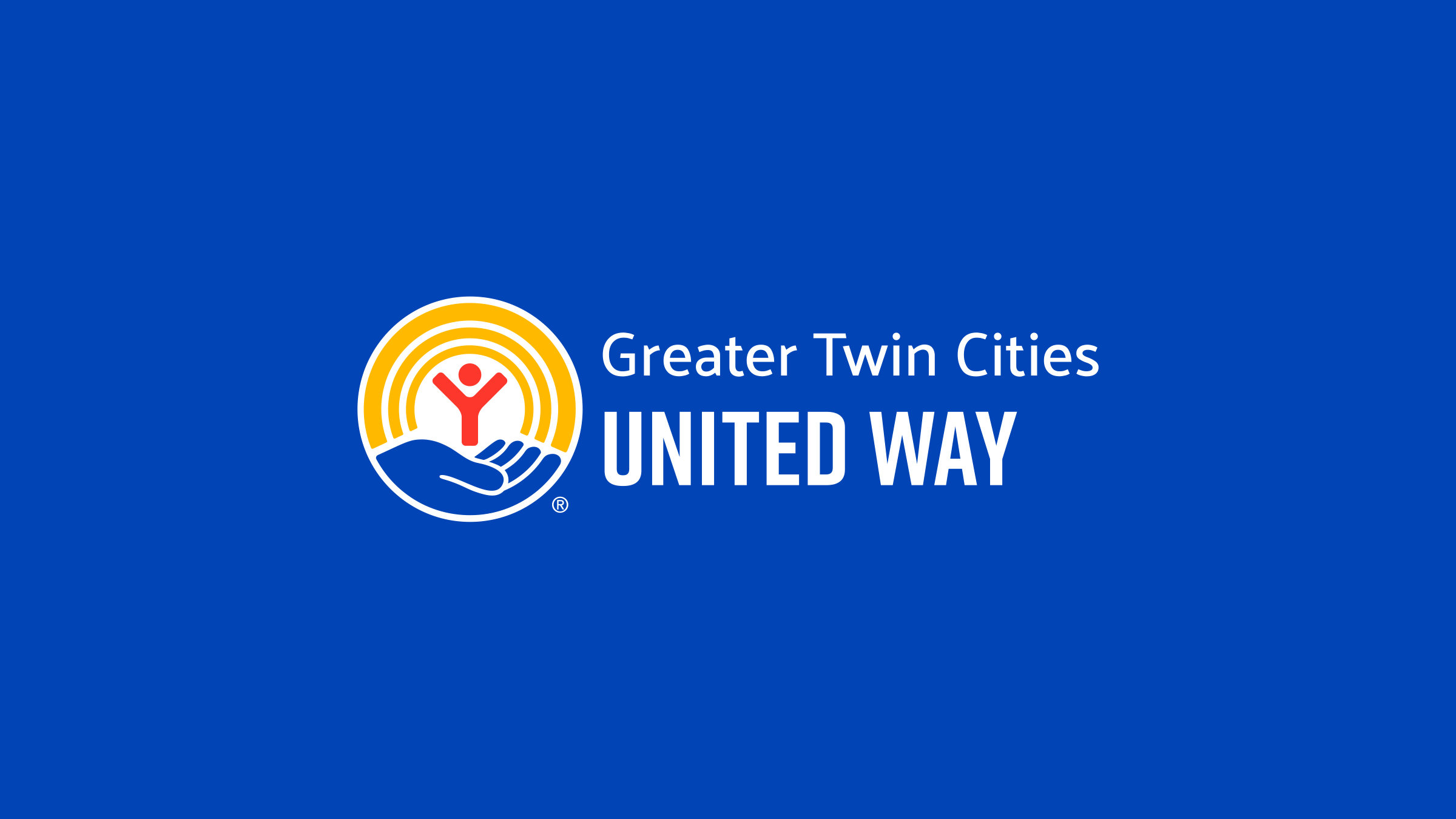
MINNEAPOLIS (May 21, 2025) – In 2023, 25% of workers in Minnesota’s 20 most common jobs lived in households that couldn’t afford basics, according to data in the newly released The State of ALICE in Minnesota report. The report is an updated version of the one released last September in partnership between all United Ways across the state, including Greater Twin Cities United Way, and research partner United for ALICE.
The State of ALICE in Minnesota reveals that traditional measures of poverty have severely undercounted the number of households statewide living in financial hardship. While 9% of all households in the state earned at or below the Federal Poverty Level in 2023, the new research shows that 25% of households – nearly three times as many – were ALICE® (Asset Limited, Income Constrained, Employed, and above the Federal Poverty Level). Combined, 34% of Minnesota’s households fell below the ALICE Threshold of Financial Survival in 2023.
ALICE households bring in less than the basic costs of housing, child care, food, transportation, health care and technology, plus taxes. Yet because their income is above the Federal Poverty Level, they often don’t qualify for assistance.
“When we underestimate how many households are struggling, we underestimate what it truly takes to build thriving communities,” said United Ways of Minnesota Executive Director Doris Pagelkopf. “This means entire families and essential workers may be overlooked for support, left without the resources they need to stay healthy, achieve financial stability and reach their fullest potential. That’s a loss not just for ALICE, but for all of us.”
The crux of the struggle for ALICE families is the gap between wages and expenses. In 2023, a family of four in Minnesota needed $81,216 just to cover the essentials – nearly three times the Federal Poverty Level of $30,000. Yet even with both parents working full time in two of the state’s most common jobs – a personal care aide and a stock worker/order filler – this family’s combined income of $71,790 still fell short of the cost of basics by $9,426.
“The findings from this latest report are clear: Despite our state’s continuing prosperity, more than a third of Minnesotans are being left behind economically,” said Shannon Smith Jones, senior vice president of community impact at Greater Twin Cities United Way. “At every level of government and policymaking, it is critical that our leaders understand how widespread ALICE is in our state, so that our public systems can step up to create new opportunities for families to thrive.”
The State of ALICE in Minnesota also reveals that in 2023:
For many ALICE households, that baseline level of economic hardship leaves families with a thin margin to navigate life’s challenges, yet they are often overlooked because they earn more than the Federal Poverty Level. “ALICE families are especially vulnerable during natural disasters and times of economic uncertainty and yet often feel unseen or left behind,” said Stephanie Hoopes, Ph.D., National Director at United For ALICE. “By providing a name and a way to quantify these households, we’re equipping communities with the data to build solutions that offer better choices and real pathways to stability.”
More state and local data is available through the interactive dashboards on UnitedForALICE.org/Minnesota.
###
About Greater Twin Cities United Way: Greater Twin Cities United Way unites changemakers, advocates for social good and develops solutions to address the challenges no one can solve alone to create a community where all people thrive, regardless of income, race or place. For more information, visit gtcuw.org and follow us on Facebook, X (Twitter), Instagram and LinkedIn.
About United Ways of Minnesota: United Ways of Minnesota was created to maximize the benefit of a statewide organization for local United Ways. Our priorities include sharing and exchanging best practices, successes, resources and management. Our Statewide Association Board of Directors comprised of one executive director and board members from the local member United Ways. Our board of directors meets six times per year and maintains a committee structure that addresses executive and legislative affairs, training, planning and communications.
About United For ALICE: United For ALICE is a U.S. research organization driving innovation, research and action to improve life across the country for ALICE® (Asset Limited, Income Constrained, Employed) and for all. Through the development of the ALICE measurements, a comprehensive, unbiased picture of financial hardship has emerged. Harnessing this data and research on the mismatch between low-paying jobs and the cost of survival, ALICE partners convene, advocate and collaborate on solutions that promote financial stability at local, state and national levels. This grassroots ALICE movement, led by United Way of Northern New Jersey, has spread to 35 states and the District of Columbia and includes United Ways, corporations, nonprofits and foundations in Alabama, Arkansas, Colorado, Connecticut, Delaware, Florida, Georgia, Hawai‘i, Idaho, Illinois, Indiana, Iowa, Kansas, Kentucky, Louisiana, Maine, Maryland, Michigan, Minnesota, Mississippi, New Jersey, New Mexico, New York, North Carolina, Ohio, Oklahoma, Oregon, Pennsylvania, South Carolina, Tennessee, Texas, Virginia, Washington, Washington, D.C., West Virginia and Wisconsin; we are United For ALICE. For more information, visit: UnitedForALICE.org.